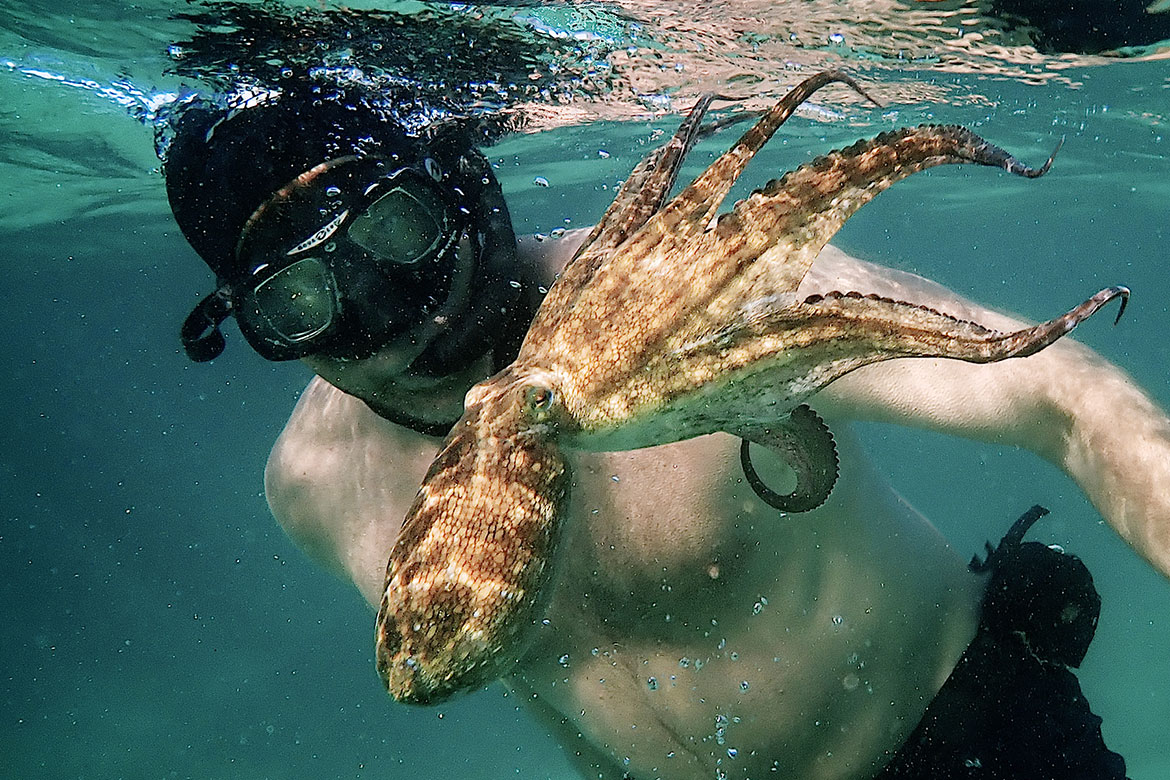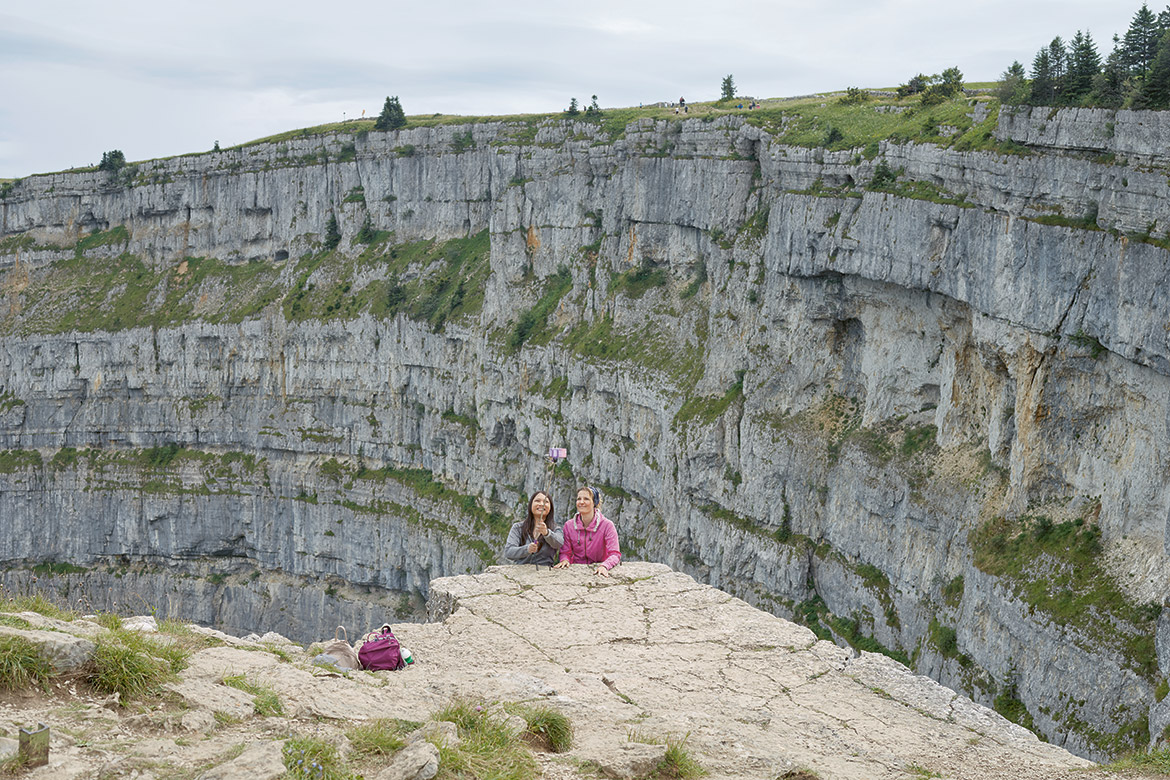The biopic dilemma
Crafting a hero out of a biographical film often comes at the expense of character depth. With the help of a film specialist, we decipher the genre in the context of criticisms by an ethnologist of the upcoming film about Bruno Manser.

The Penan road blockade of 1989. The locals are wearing western clothes, and there’s no sign of the Swiss activist Bruno Manser. Yet the trailer for the new biopic about Manser shows a different picture: everyone’s in loincloths, and he is leading from the front. | Picture: BMF/Jeff Libmann
There’s a big white man and behind him smaller, Asian people – men, women and children. They’re mounting a road blockade, and they’re all naked except for loincloths. This image can be seen in the trailer and the publicity shots for ‘Paradise War – the Story of Bruno Manser’ by the director Niklaus Hilber, due in cinemas in autumn 2019. Manser was an activist from Basel who lived with the indigenous Penan people on the South-East-Asian island of Borneo, fighting with them against the deforestation of their rainforest. He has been missing, presumed dead, since the year 2000.
The Bernese ethnologist Adrian Linder has also lived for a long time on Borneo, and he worked for the film crew for a while as a location scout. He also later gave informal help during the process of script development. But he is critical of how some things are depicted, such as the above-mentioned road blockade. “The film crew replicated the scene using photos of the real blockade”, he says. “But the people on those photos don’t look much different from people at any other demonstrations. They’re just normal people in normal clothes. Only a few of the men were dressed as warriors”.
This prosaicness was blanked out by the film team. “They put everyone in loincloths and placed the actor Sven Schelker in front of them. The Swiss man is seen here offering leadership to the naïve natives. That’s an extreme falsification. It’s also a falsification of what was important to Bruno Manser”. Linder insists that Manser kept away from any such situations, because others could have claimed that he was inciting the locals.
English baddies
Linder finds these divergences from fact especially troubling because the film is being marketed for its authenticity, with the production and distribution companies claiming that it’s a ‘true story’. The producers weren’t willing to comment on these apparent discrepancies, nor on the historical accuracy of their film. But according to the film scholar Margrit Tröhler from the University of Zurich, this is a typically problematic aspect of biopics. These films want to be believable, but they also want to offer an extravaganza. That means people are often idealised and whitewashed. In this regard, she mentions Steven Spielberg’s 1993 film ‘Schindler’s List’. It tells the story of the industrialist Oskar Schindler, who saved 1,100 Jewish people from deportation by the Nazis during the Second World War. “There was a big controversy back then, because the film constructs a German hero and relativises the Holocaust. It’s about ethics: where are the boundaries when you want to stay close to the historical facts, while also telling an exciting story?”
Biopics usually present rounded stories, which means the ambivalent aspects of their characters are ironed out, says Tröhler. One exception is ‘I’m not there’, a film biography of Bob Dylan by the director Todd Haynes from 2007, in which five actors and an actress play Dylan. “They wanted to capture his approach to life and the general atmosphere, not any ‘real’ story”, she says. It seems that if you want to tell a whole life, you almost have to resort to some kind of mosaic.
Nor does it surprise Tröhler that Linder observed colonial stereotypes such as the ‘white saviour’ and the ‘noble savage’ during the script development for the Manser biopic. These are classic tropes when whites and indigenous peoples are brought together on film, she says. Even the 1990 blockbuster ‘Dances with wolves’ with Kevin Costner as actor-director did not achieve much in this regard, despite its avowed intention to make amends for the one-sided Indian films of yore. Ultimately, says Tröhler, it shows how the main white character, John Dunbar, becomes a ‘better’ Indian than the Indians themselves. Even the good/bad trope is simply turned on its head, with all whites except Dunbar portrayed as baddies. In this regard, too, the Swiss film about Manser seems to be following in Hollywood’s footsteps. “In the versions of the script that I was shown”, recounts Linder, “all the baddies spoke English”.
This new film about Manser is not yet in the cinemas, so it’s too early to form any conclusive opinion about it. “But, if we’re going to break free of stereotypes, the biopics and films featuring indigenous peoples have to be conceived properly, right from the outset. And that demands a high degree of reflection, long before shooting starts”, says Margrit Tröhler. “The images in our heads, our cultural and narrative clichés, are in constant circulation and have left their mark on all cultures. You can’t create new images out of nothing”.




